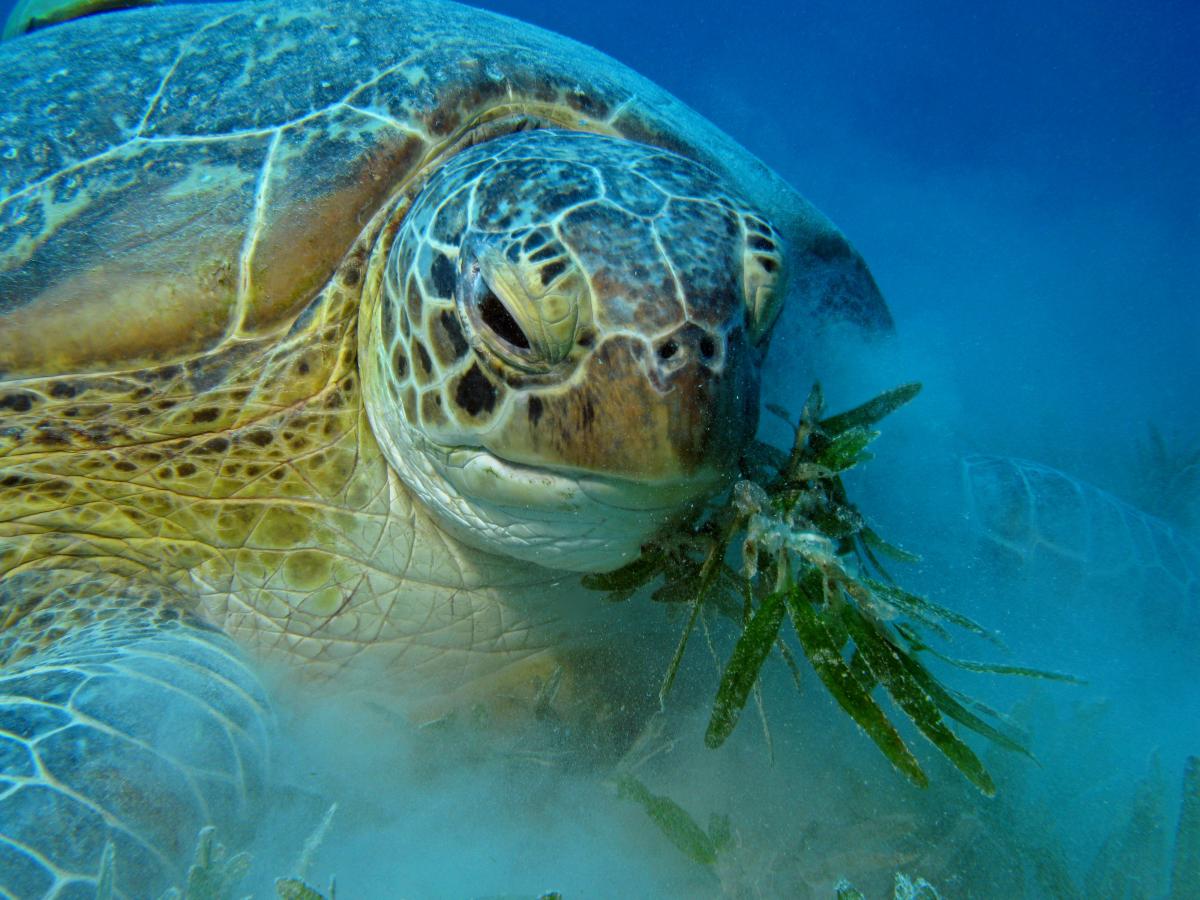Cyprus and Menorca monitor local plastic leakage as a first step to abate plastic pollution
Following the National Guidance for Plastic Hotspotting and Shaping Action developed by IUCN and UNEP, two new national reports present the results of the data analysed in Cyprus and Menorca for 2018. Yearly contribution to marine plastic leakage is estimated at 760 tonnes in Cyprus (0.8 kg per capita) and 78 tonnes in Menorca (0.9 kg per capita), which in both cases falls very close to the Mediterranean average (1 kg per capita), despite having relatively small populations and efficient waste management systems. The final reports published by IUCN in the framework of the ‘Plastic Waste-Free Islands Med (PWFI Med)’ project include management recommendations aimed at policy-makers.

Photo: CSTI
Islands support a higher plastic burden than other Mediterranean economies
As small insular populations, Cyprus and Menorca account for less than 1 % of the total marine plastic leakage released by Mediterranean countries. But compared to the Mediterranean average of 38 kg per capita a year, Menorca and Cyprus generate 111 and 106 kg of plastic waste, respectively. As a result, plastic leakage per capita on both islands reveals surprisingly high.
Two competing factors explain the high levels of plastic leakage per capita: high waste generation, on one hand, and efficient waste management (in incineration facilities or sanitary landfills), on the other. Cyprus exports 11% of its plastic waste, of which half is directed to Greece and 44% is delivered to Asian countries. In Menorca 14% is exported, although the exact destinations could not be identified. Nevertheless, Malaysia, Viet Nam, China, Thailand remain Spain’s top four partners in waste trade. Given their size, both islands are lacking plastic recycling facilities of their own.
Packaging, tourism and fisheries are the highest contributing sectors
Moreover, the reports establish the main ‘hotspots’ of marine plastic leakage for both islands, including the most relevant plastic polymers, applications, industrial sectors, regions and waste management stages.
In Cyprus, plastic bags, lids and caps were identified as the most leaking plastic applications. Regarding polymers, the report lists synthetic rubber, microplastic pollution caused by tyre abrasion and PET LPDE as major pollutants. Due to high population density, Paphos and Larnaka are the most critical areas. In Menorca, plastic leakage was predominantly linked to beaches, automotive tires, PET and LDPE.
In both cases, packaging, tourism and fisheries stand as the sectors with highest contributions to marine plastic leakage. Tourist population is known to be responsible for 11% of the total waste generation in Cyprus and 23% in Menorca. In Cyprus, fishing nets are considered a hotspot, mainly due to longlines in use that have a greater likelihood of leakage.
Practical recommendations for policy-makers
Key recommendations included in the reports suggest increasing density of waste bins in areas prone to leakage, implementing deposit schemes to favour reuse of plastic objects, decreasing the demand and use of single-use plastics, reducing tyre abrasion and finding solutions to littering in urban areas.
Furthermore, the results of these assessments will be used to perform a legal and socioeconomic analysis and to apply the learnings to other islands around the world.
Coordinated by IUCN Centre for Mediterranean Cooperation and the IUCN Global Marine and Polar Programme, and financed by the Didier and Martine Primat Foundation, these reports compile the results of the first application of Plastic Waste-Free Islands methodology as a part of IUCN’s Close the Plastic Tap programme. Efforts to collect data on the field were supported by Socio-Environmental Observatory of Menorca (OBSAM) and Cyprus Sustainable Tourism Initiative (CSTI).
For more information, please contact: Mercedes.Munoz@iucn.org



